4 US Museums Worth a Special Trip
In the US, you can find museums dedicated to everything from puppetry to pizza. We chose four that taught our Nomads something profound about American history and culture.
 Photo © Alan Karchmer
Photo © Alan Karchmer
- Museum of Street Art, New York City
- Currier Museum of Art, Manchester, New Hampshire
- Navajo Code Talkers Museum, Tuba City, Arizona
- National Museum of African American History and Culture, Washington, DC
Museum of Street Art, New York City
Standing at the top floor landing of the stairwell, it’s hard to tell what I’ll discover below. But, plunging down 20 stories, what I get is a modern history of New York City, told with spray paint. It’s street art that’s not in the streets, housed in a museum of the most unusual sort.
The Museum of Street Art (MOSA) is a “vertical love letter” to New York, sprayed onto the stairwell of the CitizenM hotel in The Bowery. MOSA’s location in The Bowery is apropos because the modern-day street art movement was spawned in New York in the early 1980s. The Lower East Side was pretty edgy then, and it has remained a hotbed for world-class street art.
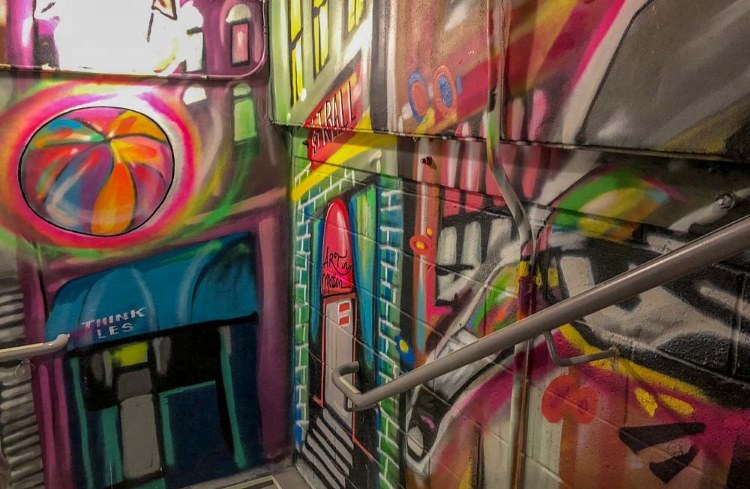
The museum was conceived by the hotel’s designers and executed by 20 well-respected street artists who had been part of the 5 Pointz graffiti community. 5 Pointz was a famed mural space on a derelict building complex in Brooklyn, which was razed in 2014 for a redevelopment project. When that happened, New York’s street art community experienced a collective mourning process. MOSA revives the spirit of 5 Pointz with a series of murals that celebrate New York’s culture, diversity, and history. - Carol Guttery
Currier Museum of Art, Manchester, New Hampshire
New Hampshire's Currier Museum of Art is guarded by a giant. This is Origins: a tangle of steel crowned with hard curves. It glowers dull orange or gleams fire-engine red in the Manchester sunlight, and it announces that the Currier is not your typical small-town museum.
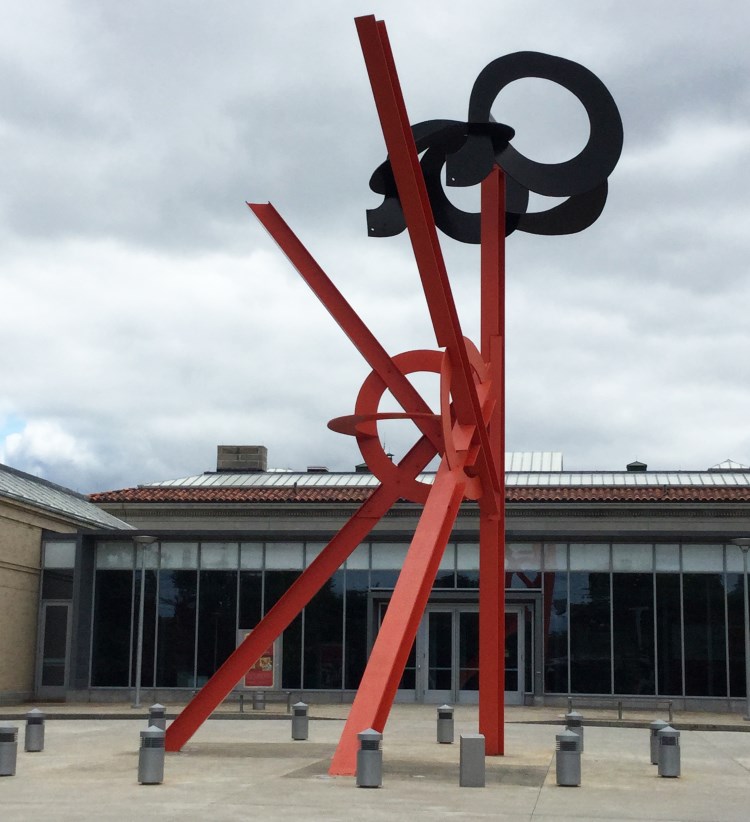
Inside, the museum's architectural anonymity belies the depth of what it contains. Ever-changing collections offer a comprehensive view of American and world artwork in all possible mediums. Though it has an international perspective, the museum also holds community at its heart, with privileged space given to local artists and interactive exhibits.
The latter made me cry in the autumn of 2015. While trawling the halls, I stumbled across a bare room. A few people wandered around, each seemingly alone with their thoughts. In turn, they each wrote on small pieces of paper and affixed them to the walls. A few added photographs.
I sat for a while. Next to me, a middle-aged woman sat clutching a note in her hand. She was waiting. As the last person filtered out of the room, she stood and thumbed a piece of paper into an empty space. Then she left without once looking back.
I waited before approaching. This is what I read.
The most beautiful fall day.
9:00am, my daughter asked if dad had called – he had not.
There was no time to say goodbye. God bless them everyone.
At the top of the page was written the question: “Where were you on September 11th, 2001?”
I cried because the Currier had captured the most iconic of American tragedies in the most American of ways: with quiet dignity and individualism within the crowd. - Neil McRobert
Navajo Code Talkers Museum, Tuba City, Arizona
If I hadn’t known the Navajo Code Talker Museum was here, tucked inside a historic, stone trading post in northern Arizona, I’d have missed it. Established in 1906, the Tuba City Trading Post in the Navajo Nation territory is flush with Indigenous silverwork and weaving, but there’s a second legacy here, too, in a nondescript annex at the rear. In the early days of its involvement in World War II, tired of having their codes broken by the Japanese, the American military looked to the Navajo people for a complex and isolated language in which to communicate about tactics and troops. The Native American soldiers known as the “Code Talkers” were later credited with being essential to America’s victory.
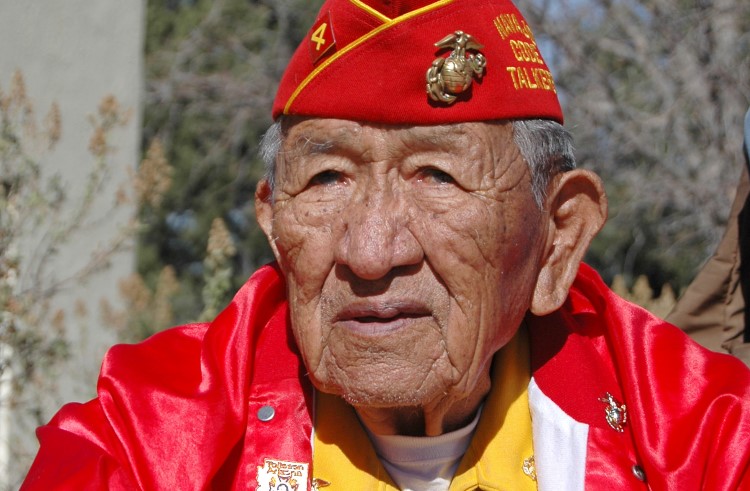
As a memorial, this museum is humble and quiet, with black-and-white photographs of the recruits lining the museum’s hall. I marveled at the battle gear and weapons issued to each Navajo marine – helmets and machetes that seem primitive by today’s military standards. The original communications equipment used during several of the campaigns are also on display, along with a reminder that these brave Code Talkers achieved what they set out to do: the Japanese never managed to break the Navajo code and, with their help, the Allies won the war in the Pacific. - Shoshi Parks
National Museum of African American History and Culture, Washington, DC
Opened in 2016, The National Museum of African American History and Culture is nestled in Washington, DC’s National Mall area, around the corner from the White House. Its bronze-colored, three-tiered ziggurat design is a striking addition to the nation’s capital and, according to the architect David Adjaye, is meant to appear to hover above ground as a display of resilience, hope, and faith. It’s also said to mimic the tiered crown worn by African royalty of the Yoruba tribe.
As an African-American woman born in a Southern state, I was eager to see it.
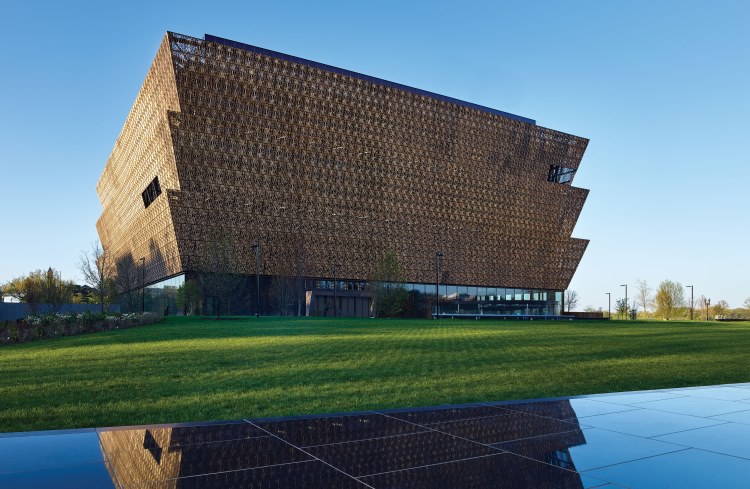
The museum holds five floors of more than 36,000 artifacts and 12 exhibitions. It details the Middle Passage slave trade route, the inception of America, and the Civil Rights Movement, all the way to present-day.
Awareness of the complicated history of African Americans in the United States just isn’t enough to describe the rollercoaster of emotions that I felt in this museum. Seeing outfits and costumes of some of my own, my parents’ and their parents’ favorite celebrities reminded me of Saturday mornings singing in the kitchen while my Dad made breakfast and played his favorite “doo wop” records. I was inspired watching the many videos of triumph for African Americans in sports, medicine, music, and other areas. The years of American history that constantly depicted black people as “lesser” is disproved through the exhibits of greats like Chuck Berry (“The Father of Rock & Roll”), Muhammad Ali (heavyweight boxing champion/activist), and Madame CJ Walker (first black woman millionaire).
It was also a source of tears and anger as I stared at the masks worn by Ku Klux Klan members and the casket of Emmitt Till, the teenage boy who was murdered and mutilated after being accused of whistling at a white woman. I held my own son very close, not being able to fathom how a mother could grieve such an event. Seeing a slave cabin and the silk shawl of anti-slavery heroine Harriet Tubman left me awestruck, with mixed feelings of gratitude and rage. But it left me feeling hopeful, too. I believe, deep down, we’re more alike than different, and the better we understand each other's past, the better equipped we’ll be to create a brighter future. - Imani Bashir
Related articles
Simple and flexible travel insurance
You can buy at home or while traveling, and claim online from anywhere in the world. With 150+ adventure activities covered and 24/7 emergency assistance.
Get a quote
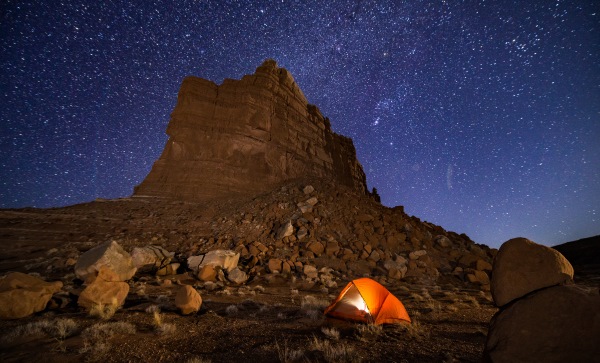
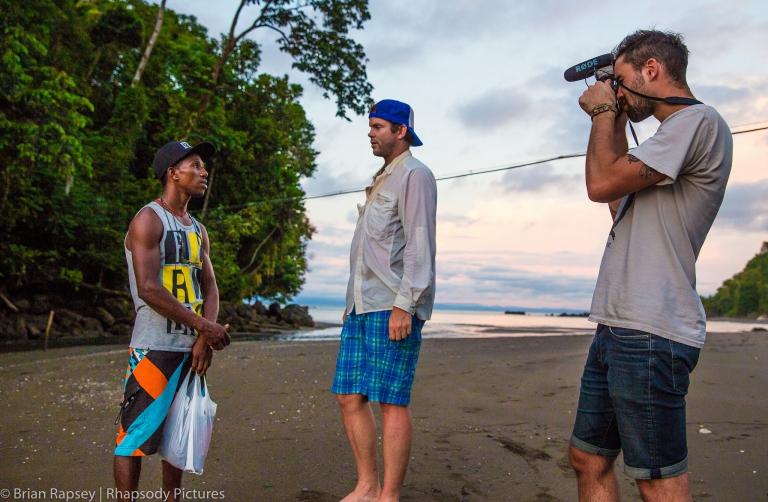
No Comments